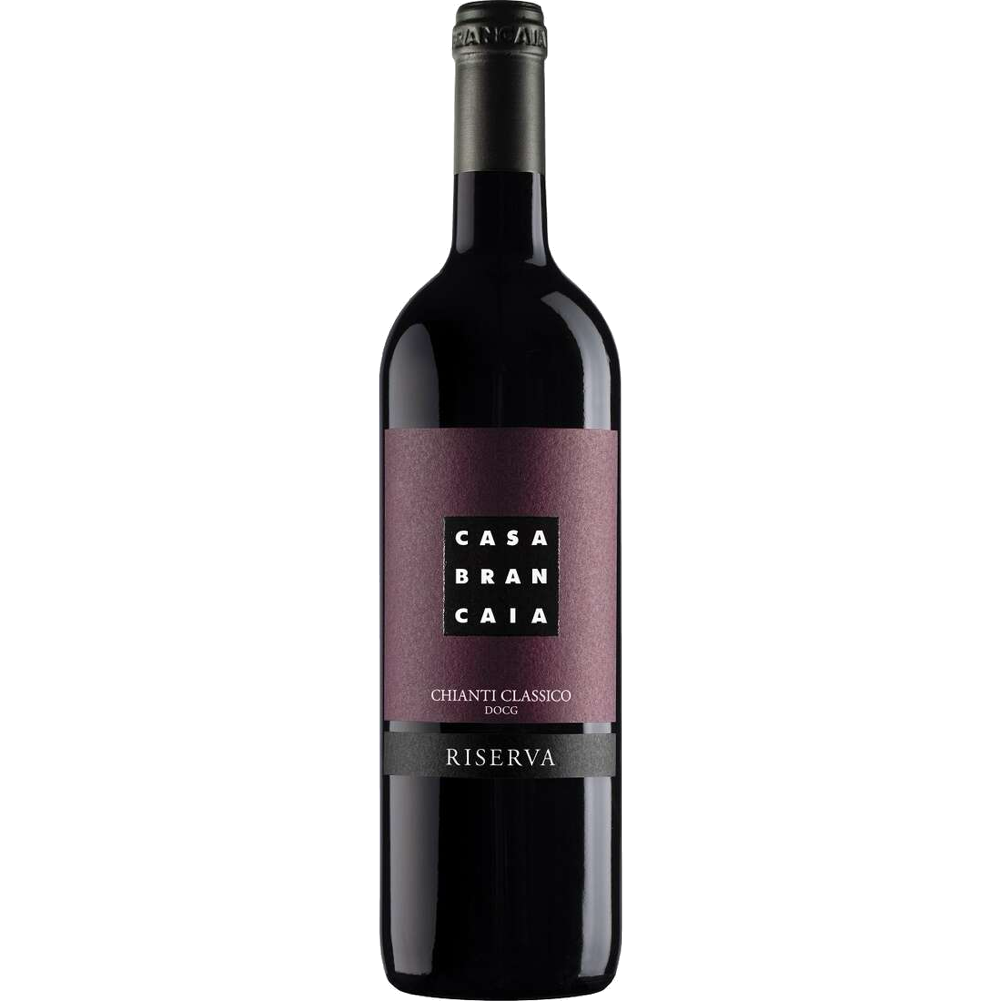The Vineyard
The vineyards of Brancaia are located across three distinct sites in Tuscany: Brancaia (Castellina in Chianti), Poppi (Radda in Chianti), and Brancaia in Maremma. The Mediterranean climate is characterized by mild winters and hot, dry summers. The estate focuses on Sangiovese, Merlot, and Cabernet Sauvignon.
Brancaia’s vineyards feature three principal soil types:
Galestro: A schist-based, rocky soil found in the Chianti Classico sites at 980-1,640 feet (300-500 m) altitude. Vines: Sangiovese, Merlot, Cabernet Sauvignon.
Clay-Limestone: A mix of clay and calcareous deposits located at 820-1,150 feet (250-350 m) altitude in both Chianti Classico and Maremma. Vines: Merlot, Cabernet Sauvignon.
Sandy-Loam: Found in the Maremma vineyards at 560-820 feet (170-250 m) altitude. Vines: Sangiovese, Cabernet Sauvignon.











